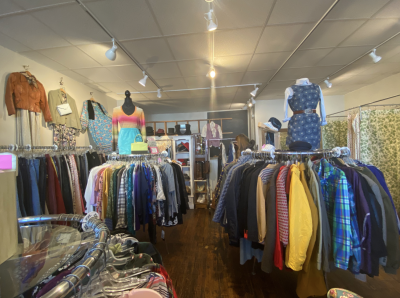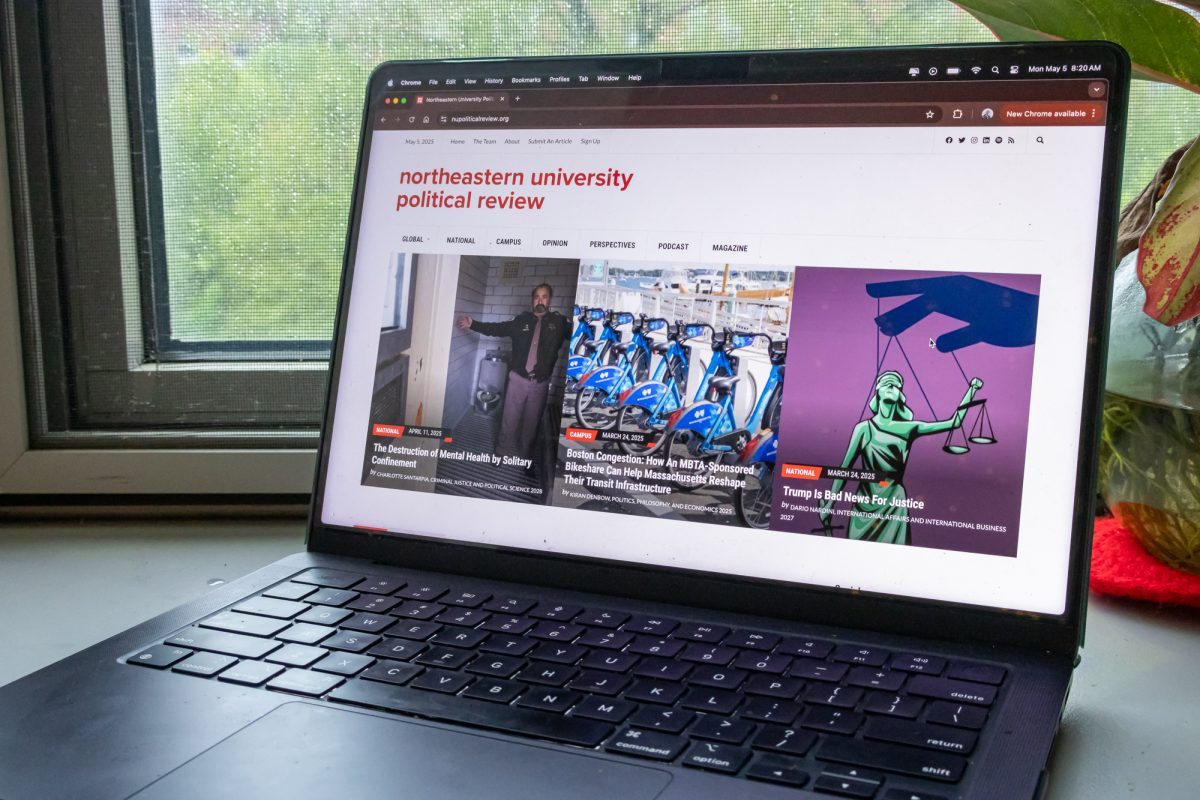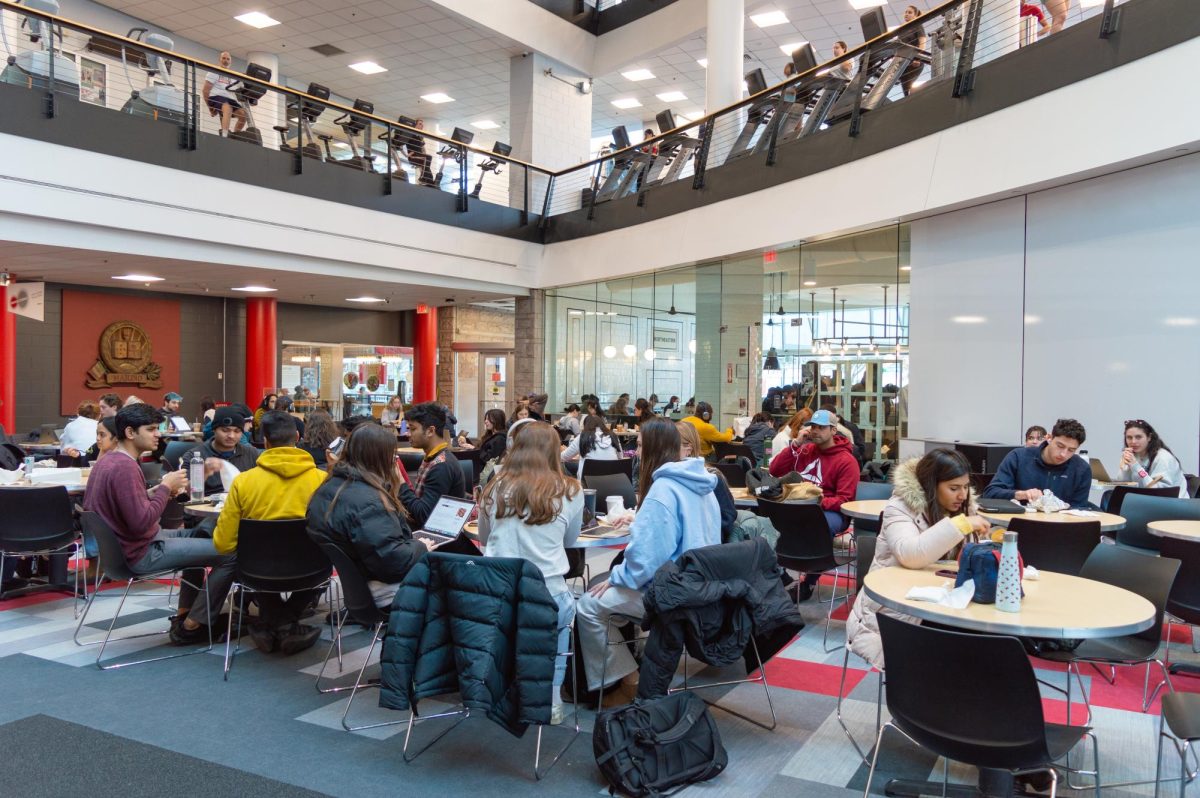Column: The exclusivity of buying sustainably

Thrift shopping is one way to buy clothes sustainably, although it has it’s downsides.
October 7, 2020
In recent years, consumers and professionals in the fashion industry have become a lot more eco-conscious, which is reflected by the growing number of sustainable fashion infographics being shared around social media. Although there is no doubt that sustainable fashion is more environmentally friendly, shopping entirely sustainably is difficult for many because of how costly and size-exclusive it can be.
It is no secret that consumers need to shift to sustainable fashion. Aside from being one of the most polluting industries in the world, “the fashion industry is the second-biggest consumer of water and is responsible for 8-10 percent of global carbon emissions,” according to the United Nations Environment Programme. This is largely due to the rise of fast fashion, which has caused an increase in harvesting materials and clothing production over time. Fast fashion is cheap or trendy clothing that is rapidly mass produced, normally in sweatshops, to keep up with consumers’ demand for ever-changing fashion trends. Forever 21, H&M, Urban Outfitters and Shein are among some of the most popular fast fashion brands.
Sustainable brands, unlike fast fashion brands, tend to be more transparent about their supply chains. They buy better fibers and the materials that they use are more ethically sourced. Because of this, the prices for the final products tend to be more expensive in comparison to fast fashion clothing lines. For example, a crewneck from a sustainable brand like Patagonia can cost anywhere from $55-$150 while a crewneck from H&M usually costs around $25 or less. In addition to being pricey, the size ranges for eco-friendly brands are often limited to a standard S-L size range. However in recent years, with inclusivity and representation within brands is becoming more of a hot topic, some sustainable brands have begun to increase size range.
“Not everyone can afford it… but those of us who can have to get going,” said Frances McSherry, professor of theatre and fashion at Northeastern University. McSherry believes that once sustainable fashion brands have more consumers, prices will drop naturally and more people will be able to make the switch.
With these statistics, among many others, the fast fashion industry is now often cast in a negative light. Although it is very important for consumers to be aware of the industries they are buying into, there is a shame culture that has developed as a result.
“People who shop sustainably, and have the money to do so, shame those who buy fast fashion,” said Ava Rognlien, second-year environmental studies and design major. “Some people just don’t have the ability nor money to shop sustainably.”
Luckily, shopping from sustainable fashion brands is not the only way to turn away from fast fashion. Instead, an inexpensive alternative is thrift shopping. The Garment District, a popular thrift store in Cambridge, has clothes ranging from $5-$25, and in a pre-COVID-19 era, they have a section that is shop by pound, which only costs $1 per pound on Fridays or $2 per pound every other day of the week. Although thrifting is affordable and extends the life of clothing, it has its own challenges with it not being size inclusive and having an ethical dilemma.
Thrift shops have been around for a very long time, previously serving as places where primarily families in low-income communities could buy clothes that were within their price range. Now, thanks to social media, thrift shopping has become trendy, causing an influx of teenagers. The biggest problem is that most of the teenagers who are now shopping at thrift shops are not donating clothes back into the system.
“In their mind, they think they are doing a good thing because they are shopping second hand, which is not inherently bad, but they are taking away resources from people who really need them,” Rognlien said. “Especially when they thrift shoes, underwear and socks.”
In a lot of thrift stores, there are fewer clothing options for bigger sizes simply because most of the clothing in circulation tends to be of the S-L range. In addition to this, viral fashion videos on TikTok have turned oversized thrifted clothing into one of the hottest trends, leading teens to buy oversized items and limiting resources for those who actually wear larger size clothing.
“It is nearly impossible to consume sustainably and ethically under capitalism,” said Isabela Fox-Mills, second-year environmental studies and design major. “I think adopting a sustainable mindset is more important than shopping sustainably.”
Educating consumers to think more sustainably can create change over time. In addition to buying sustainably, this includes rethinking shopping habits such as not buying things just because they are cheap, learning the proper way to take care of your clothes and researching what thrift stores or consignment stores are targeted towards college students. Even if someone cannot afford to shop from a sustainable clothing line, it does not mean that they cannot still be a sustainable shopper.
Instead of advocating for an entire switch to buying only sustainable fashion, Rognlien agrees that sharing and learning sustainable habits will be a more effective way for consumers to become more eco-conscious.
“It is important to start making change now. We cannot wait,” McSherry said. “A positive steady message is the way to go.”






